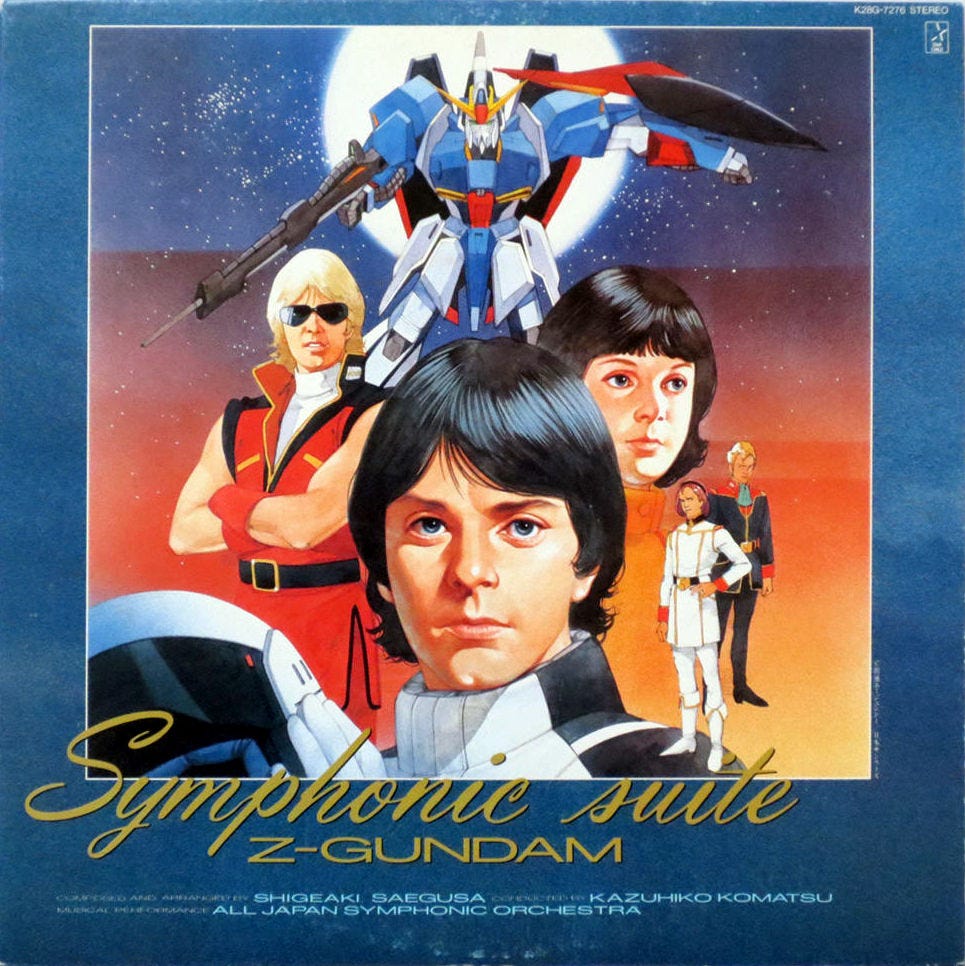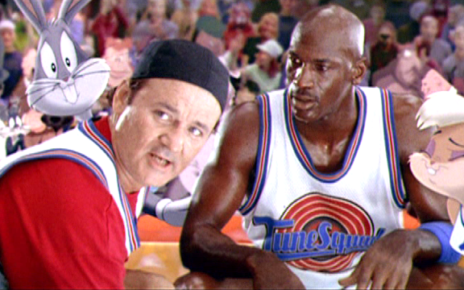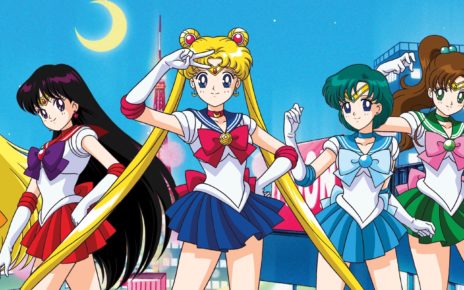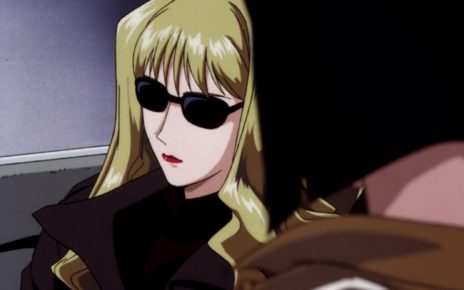Let’s talk about Zeta Gundam. Zeta dropped on television screens in 1985 as the direct sequel to the original Mobile Suit Gundam. With a little more money, more consistent animation, and supporting characters who were fully developed by the end of the original 1979 series’ run, Zeta hit the ground running and proved easily to be The Godfather: Part II of the franchise. It gave fans an exciting, richer story elaborating on the themes of the original show and took a darker and even more psychological approach than its predecessor.

War Is for Losers is a meditation on Mobile Suit Gundam.
It also featured a bitchin’ symphonic suite from a composer new to the franchise, Shigeaki Saegusa. Just look at the gorgeous — and obviously Star Wars-inspired — cover art that was used for the original score he composed. It was orchestrated by Kazuhiko Komatsu and performed by the All Japan Symphonic Orchestra and released as Symphonic Suite Z Gundam in 1985.

That series creator Yoshiyuki Tomino got Saegusa to work on the series at all is pretty cool. Tomino clearly wanted a more “mature” approach than the original when he conceived Zeta Gundam. The show turned the tables on Mobile Suit Gundam: deepening the character growth of that show’s original antagonist Char Aznable; casting the leadership of the original’s noble Earth Federation as morally corrupted; and infamously ending with much of its heroes either dead or left as emotionally shattered husks of their former selves. The final episodes of Zeta are the emotional equivalent of getting your nails ripped off your fingers one by one, and Tomino needed music to match. Saegusa had at that point already scored the original Astro Boy and a variety of chamber and orchestral works.
The result was a dramatically different approach to the music of Zeta than you’ll see rewatching Mobile Suit Gundam. For one, Saegusa wrote more pieces. Mobile Suit Gundam’s themes by composer Takeo Watanabe could fit on one original soundtrack volume representing 43 episodes, whereas Zeta’s music is spread across three (plus the separate symphonic suite release) representing 50 episodes. For another, Saegusa’s music is more bombastic, more prone to military-style marches that the Gundam series references, and often sounds closer to the work of John Williams than it does to a lot of contemporary anime. His symphonic suite could score any number of Hollywood blockbusters past, present, or future.
So it’s no surprise that Tomino and his production brought Saegusa back for Zeta’s sequel, Gundam ZZ, as well as Char’s Counterattack, the series’ first theatrical film and the thematic conclusion to the franchise rivalry between Amuro Ray and Char Aznable. Today he’s a respected composer best known in Japan for his later opera retelling the epic and bloody Chūshingura incident — in which 47 ronin samurai sought to avenge the death of their master. Saegusa composed it over the course of a decade and released in 1997, meaning he likely started work on it right after his time working on the Gundam franchise. (Char’s Counterattack was released in 1988.)
Saegusa’s work on the Gundam franchise isn’t easy to track down for legal purchase or download in the US, but many of the soundtrack and symphonic suite’s cuts are available to listen on YouTube, assuming they haven’t been removed due to rights violations. If you want to watch and listen to his work from Zeta being performed by the NUS Wind Symphony, watch this video below.
Thanks for reading The Dot and Line, where we talk about animation of all kinds. Don’t forget to follow us on Twitter and sign up for our newsletter.





